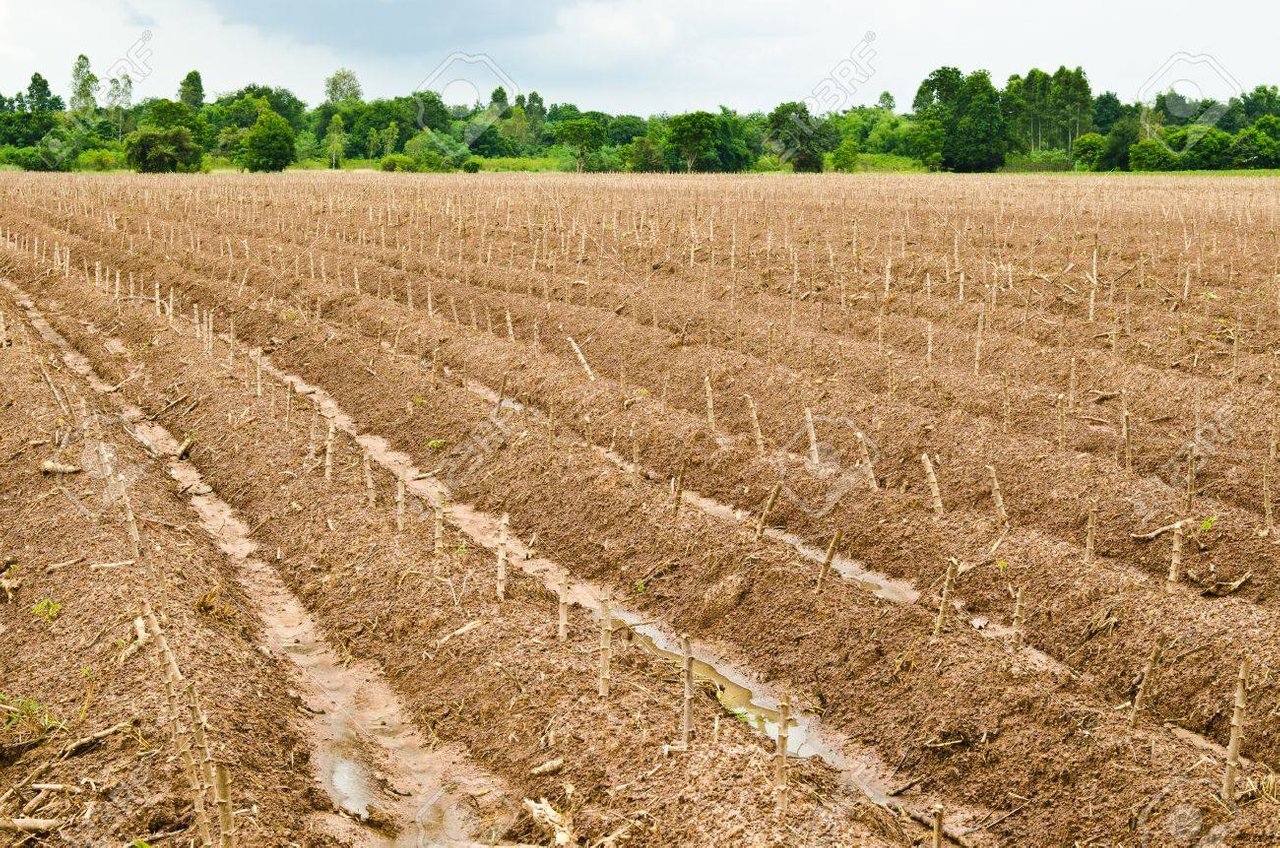Planting cassava is only the beginning. Many farmers think the hard part is over once the stems are in the ground, but that’s not true. What happens after planting can make or break your harvest. From weeds to pests and poor soil nutrition, your cassava needs regular care to grow well and produce strong tubers.
If your cassava is already planted, here are five simple things you can do to improve your chances of a good harvest.
1. Watch your weeds early
Weeds compete with your cassava for food, water, and sunlight. The first three months after planting are the most important. If weeds take over, your tubers will suffer.
If you want to reduce stress and labour:
A. Use Rooter herbicide immediately after planting (I.e., as a pre-emergence herbicide).
B. Use Relianth to control grasses; it is a good post-emergence option to control grasses without harming your cassava.
C. If you planted cassava with maize, Vigor is your best pre-emergence choice.
D. For post-emergence control in intercropped cassava and maize older than 12 weeks, do a controlled spraying of Slashagold using a spray guard. However, please be sure it doesn’t touch the cassava or maize leaves.
2. Feed your soil
Cassava is strong, but it still needs nutrients to grow big tubers. Many farmers lose yield simply because the soil is tired.
- Add compost or well-rotted manure to improve soil health.
- You can also use fertilizers with a good balance of nutrients. Something like NPK 15-15-15 works, especially during the second month.
Pro tip: Pay special attention to potassium. It helps your cassava form bigger and better roots.
3. Check for pests and disease
Some farmers wait until it’s too late to deal with pests and diseases. You can’t afford to do that.
Look out for signs like yellow leaves, spots, twisted stems, or stunted plants. Common problems include cassava mosaic and bacterial blight.
Remove and burn infected plants quickly so they don’t spread to others; make sure to use clean planting materials next season. Choose Termex or Solitex insecticide to control insect pests. Use Blue Snow to control fungal diseases.
4. Fill In gaps early
Sometimes, cassava stems fail to grow after planting. Don’t ignore empty spots in your field.
Replace any missing or weak plants early, preferably within the first month. This helps your farm grow evenly and reduces open spaces where weeds can grow.
5. Manage water properly
Cassava doesn’t like too much water, but it also doesn’t like to dry out completely when young.
- If you’re in a dry area, try mulching to keep the soil moist.
- If your soil floods easily, make sure water drains well. Cassava roots rot quickly in waterlogged soil.
Got questions or need help choosing the right herbicide? Send us a message through our social media pages or on the FarmPropa app. We are always here to support you at every stage of your cassava journey.

Leave a Reply